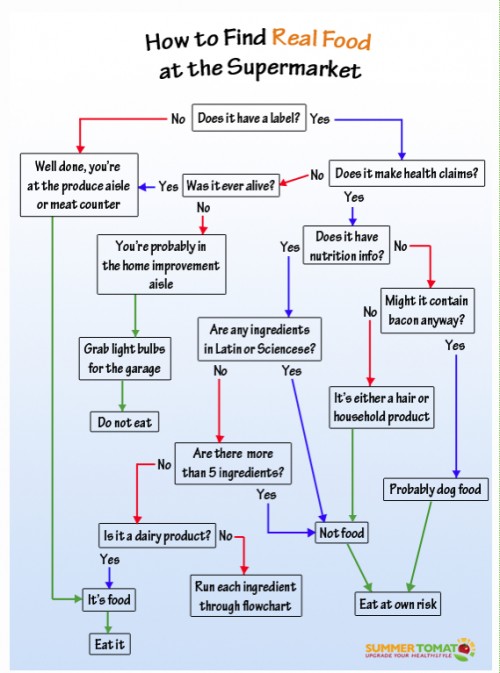USDA proposes new standards for school meals
The USDA announced today that it is starting the interminable rulemaking process for new nutrition standards for school breakfasts and lunches.
The new standards are designed to add more fruits, vegetables, whole grains, fat-free and low-fat milk to school meals.
These are food-based standards. The lengthy Federal Register notice specifies the number and size of servings of fruits, vegetables, meat, dairy, and grains (table 3, page 2516). This is a huge step forward and USDA deserves lots of support for doing this.
I am somewhat less enthusiastic about some of the other provisions, but perhaps they are the price to pay for progress:
Nutrient-based standards? The standards also are designed to limit levels of saturated fat, sodium, calories, and trans fats. They specify a range of calories as well as maximum values for saturated fat and sodium (trans fats have to be zero).
Alas, the devil is in the details.
Nutrient-based standards force some questionable choices on menu planners. This is evident from the menus comparing the old and new standards. The old menus included “kids food”—food-like objects such as pizza sticks and breaded beef patties.
Happily, the new menus drop those and call for real foods. Some of them—jicama, kiwi, and grape tomatoes, for example—are likely to seem exotic to kids accustomed to chicken fingers. So far, so good.
But the foods are accompanied by strangely tasting miracles of food technology such as reduced-fat mayonnaise, low-fat salad dressings, and soft margarines. Why? To meet nutrient standards.
What about sugars? The standards don’t mention sugars except to say that if the others are followed, there isn’t much room allowed for sugary foods. Canned fruits are to be low in sugar. Use of highly fortified sugary foods is discouraged.
Chocolate and other flavored milk? The new standards allow skim “flavored” milk (translation: sugar-sweetened). Otherwise, says USDA, kids might not drink milk and will not get enough calcium. Sigh. Milk, as I keep saying, is not an essential nutrient. Chocolate or strawberry milk is a dessert. Chalk this one up to dairy lobbying.
The USDA based the new standards on the report released in October 2009 by the Institute of Medicine (IOM): School Meals: Building Blocks for Healthy Children. It looks to me as though the USDA actually followed the IOM recommendations, a miracle in itself.
If you want to comment on the new standards, you can do so until April 13 at http://www.regulations.gov. Enjoy!


